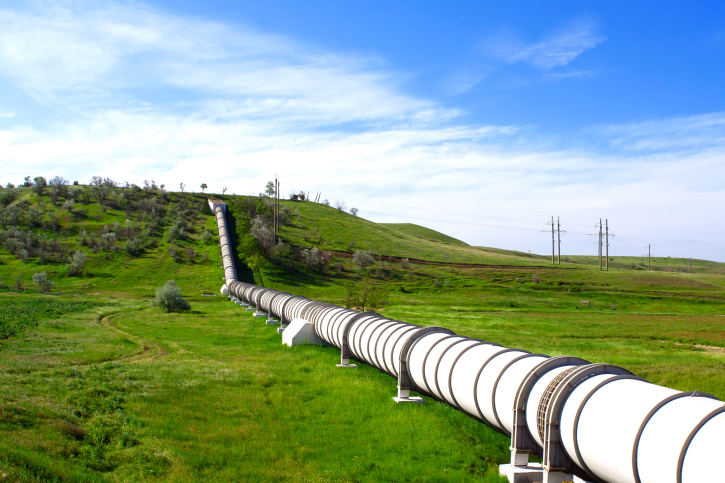Now that shale has become a major source of energy, economists have started to argue the extent to which it can boost the U.S. economy. If North Dakota, one of the world’s centers for shale oil production, is a reasonable sign of what the industry could do for broader gross domestic product, then the promise of shale may be as good as optimistic forecasts.
The data that uses North Dakota as a microcosm may be attacked because employment in the state is so small. But the improvement to the base of jobs is so impressive that it at least balances that attack.
According to the Bureau of Labor Statistics in its report “Employment and Wage Changes in Oil-Producing Counties in the Bakken Formation, 2007–2011“:
The Bakken Formation is an oil-producing shale formation underneath North Dakota, Montana, and parts of Canada. In recent years, horizontal drilling and hydraulic fracturing techniques, combined with higher prices for crude oil, have led to rapid increases in oil extraction from shale formations like the Bakken Formation. As of late 2011, North Dakota was the fourth largest oil-producing state, after Texas, Alaska, and California. The large increase in oil production has led to growth in employment and wages and has changed the industry profile of employment in the region.
Further, in a examination of parts of the state that have benefited the most:
From 2007 to 2011, employment in these counties grew from 77,937 jobs to 105,891 jobs, an increase of 35.9 percent. Total wages paid in these counties more than doubled over the same period: in 2007, workers in these counties earned about $2.6 billion, and in 2011 they earned $5.4 billion. Their average annual pay increased from $33,040 to $50,553 for an increase of 53.1 percent. Over the same period, national employment decreased by 4.4 percent, while average annual pay increased by 8.1 percent from $44,458 in 2007 to $48,043 in 2011.
The numbers become more impressive when the spread of shale exploration and production moves from North Dakota to other states.
Research firm IHS recently released a report with claims that seemed audacious. In that report, “The Economic and Employment Contributions of Shale Gas in the United States,” IHS analysts reported on the potential increase in employment:
The natural gas “shale gale” that has dramatically transformed the outlook for US energy supplies is also having profound economic impacts — creating jobs, reducing consumer costs of natural gas and electricity, stimulating economic growth and bolstering federal, state and local tax revenue, according to a new IHS Global Insight study. The study found that shale gas production supported more than 600,000 jobs in 2010, a number that is projected to grow to nearly 870,000 by 2015.
North Dakota may be small in terms of population, but data from the state about shale’s economic benefits already have begun to prove the case that industry job additions from the new industry will be extraordinary.
Cash Back Credit Cards Have Never Been This Good
Credit card companies are at war, handing out free rewards and benefits to win the best customers. A good cash back card can be worth thousands of dollars a year in free money, not to mention other perks like travel, insurance, and access to fancy lounges. See our top picks for the best credit cards today. You won’t want to miss some of these offers.
Flywheel Publishing has partnered with CardRatings for our coverage of credit card products. Flywheel Publishing and CardRatings may receive a commission from card issuers.
Thank you for reading! Have some feedback for us?
Contact the 24/7 Wall St. editorial team.




